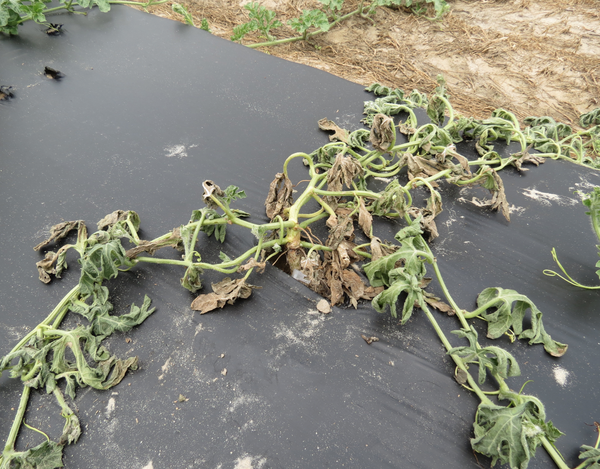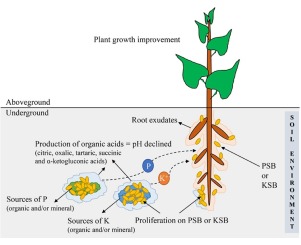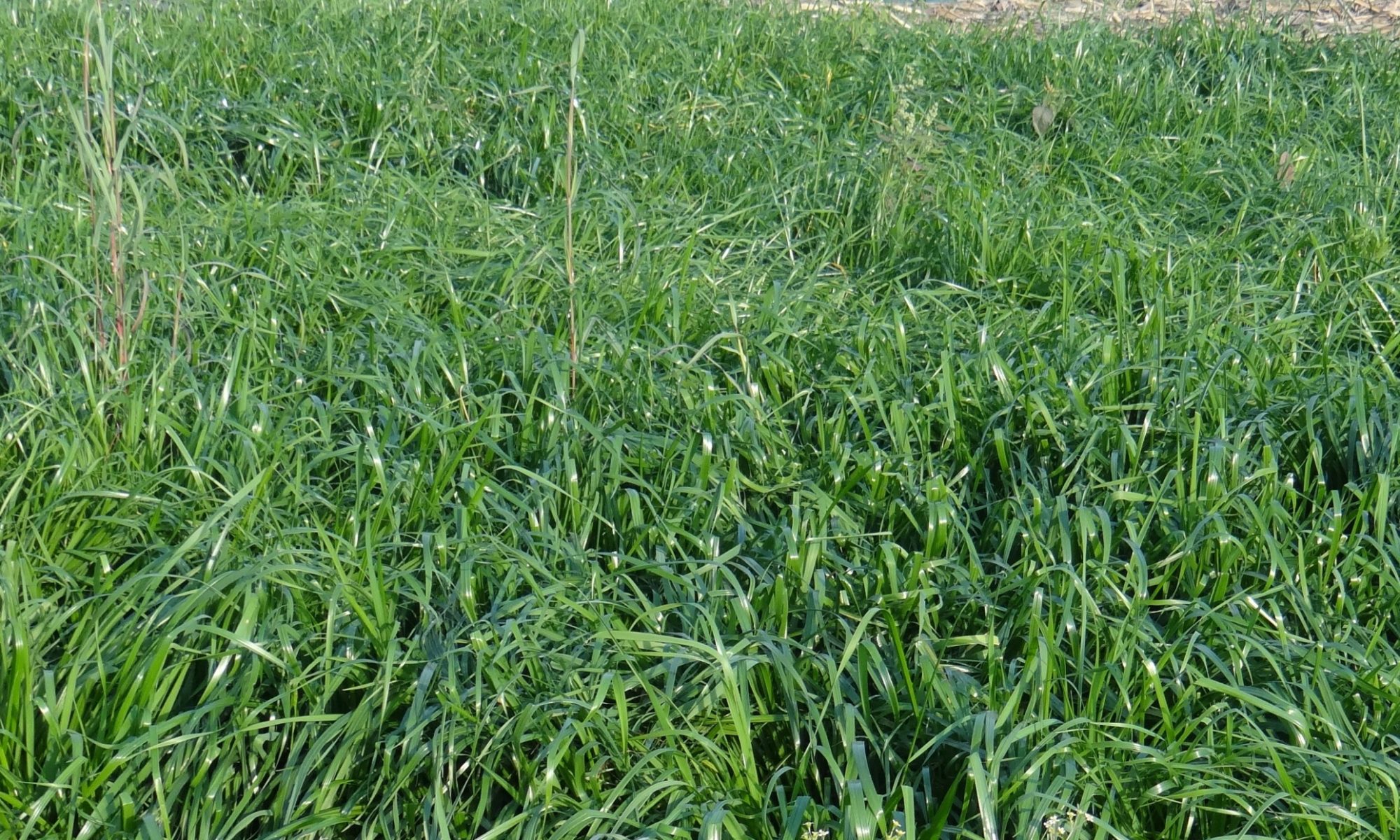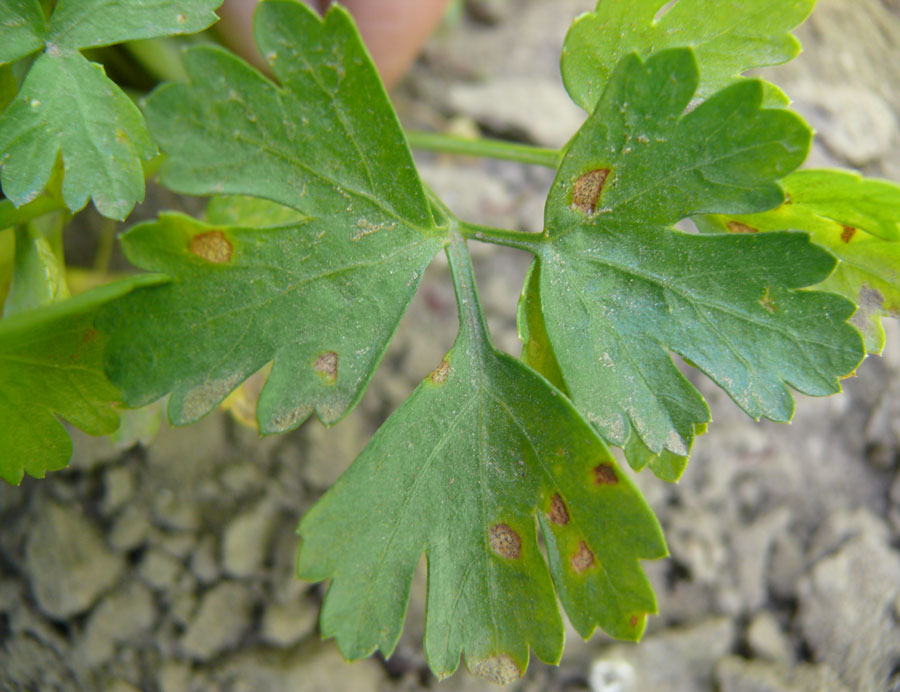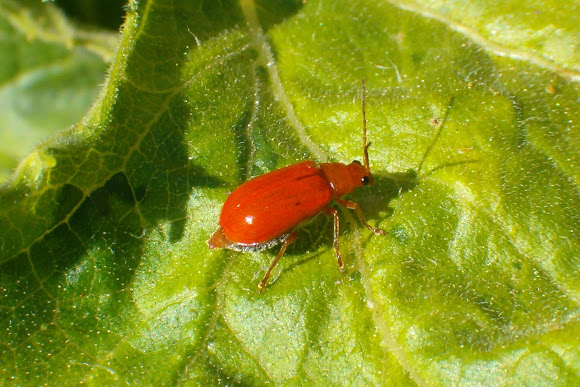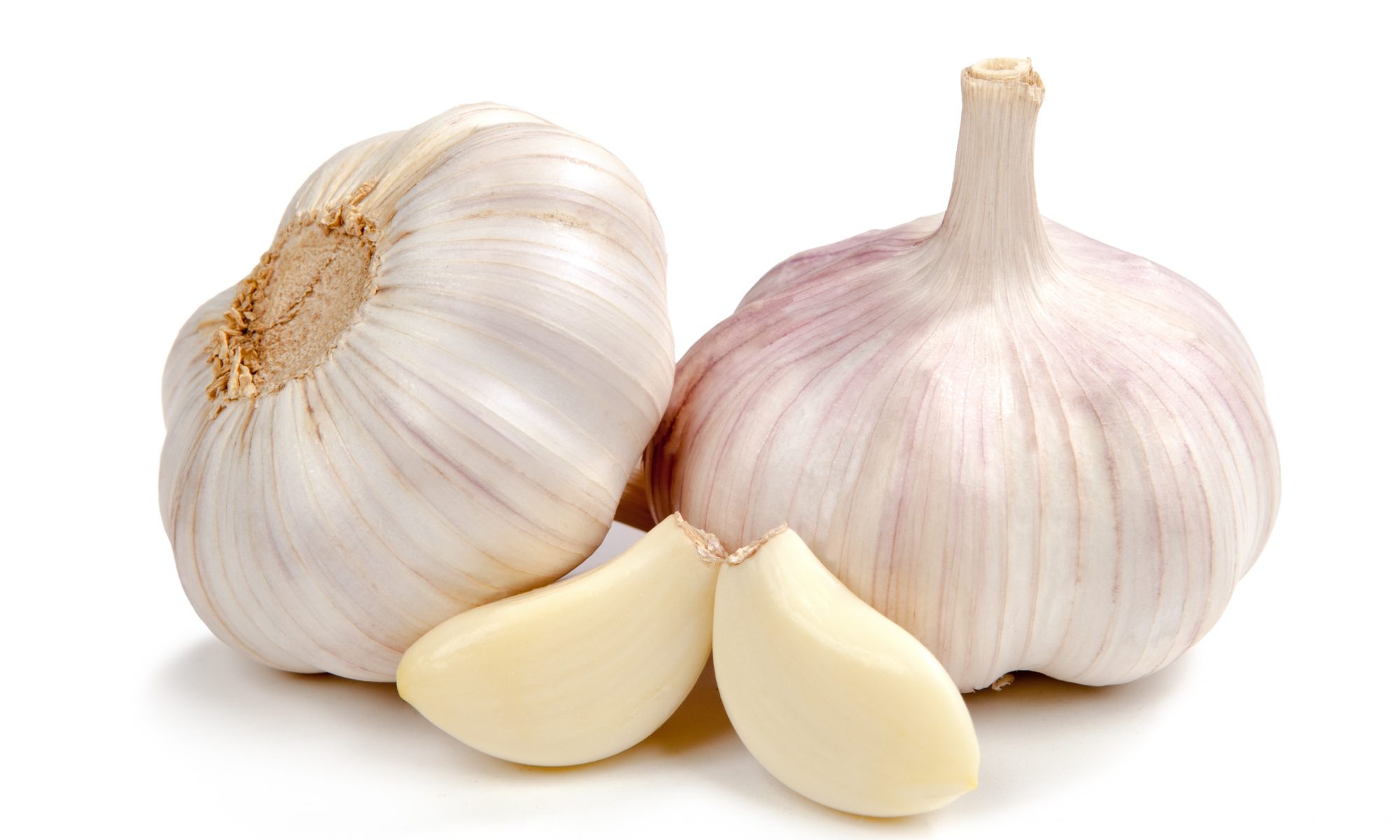- Diseases are more common in sandy soil.
- Destroy infected plants and plant debris.
- Use of disease-free seed.
- Seed treatment with carbendazim @ 2 gm/kg seeds before sowing.
- Use Propiconazole 25% EC @ 80-100 ml/acre when the disease appears on the watermelon plant.
Like and share with other farmers by clicking on button below
Share
